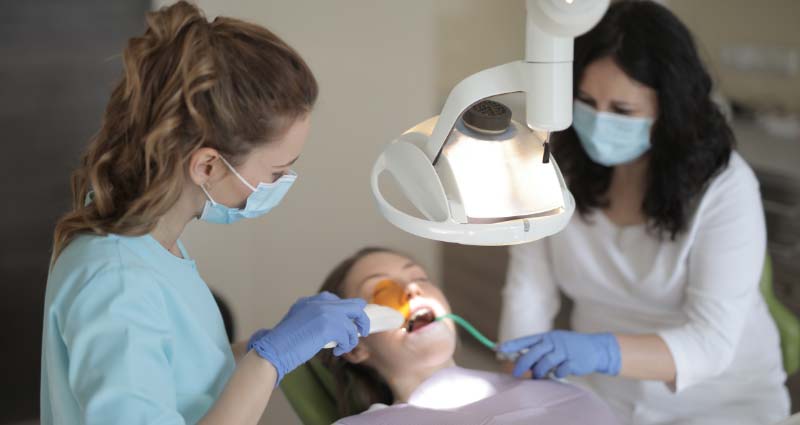
Process Overview
Initial Assessment: The process kicks off with a comprehensive evaluation and consultation with a dental professional. X-rays and scans are conducted to evaluate bone density and structure, guiding the development of a tailored treatment plan.
Implant Placement: During a surgical procedure, typically involving the placement of four to six dental implants, these implants are securely positioned in the jawbone to serve as stable anchors for the prosthetic arch.
Healing and Integration: Over the ensuing months, the jawbone undergoes osseointegration, naturally bonding with the dental implants to ensure their stability and reliability as a foundation for the arch.
Provisional Prosthesis: Impressions of the mouth are taken post-osseointegration to fabricate a customized prosthetic arch. In the interim, a temporary prosthesis may be provided for functionality and aesthetics.
Final Prosthesis Fitting: Upon completion of osseointegration, the permanent arch is affixed to the implants. This arch is meticulously designed to replicate the appearance and functionality of natural teeth.
Ongoing Monitoring: Regular follow-up appointments are imperative to monitor the condition of theBenefits implants and overall oral health, ensuring optimal long-term outcomes.
Benefits:
Enhanced Aesthetics: Full arch implants offer a natural and aesthetically pleasing smile.
Improved Functionality: Patients regain the ability to eat and speak confidently, akin to natural teeth.
Long-Term Durability: With proper maintenance, implants can endure for many years, potentially a lifetime.
Jawbone Preservation: Implants stimulate jawbone health, preventing bone loss over time.
Fixed Solution: Unlike removable dentures, full arch implants are securely fixed in place and do not require removal for cleaning.
Potential Risks and Side Effects:
Surgical Risks: Inherent risks such as infection, bleeding, or anesthesia-related complications may arise.
Discomfort: Postoperative discomfort and swelling are typical but can be alleviated with pain management.
Cost Considerations: Full arch implant procedures may incur substantial costs, often not covered by insurance plans.
Implant Failure: While uncommon, implant failure can necessitate replacement due to factors like poor integration or mechanical issues.
Infection Risk: Neglecting proper oral hygiene may result in infections around the implants, emphasizing the importance of meticulous care.
Frequently Asked Question
What is the procedure for obtaining lower jaw full arch implants?
How many dental implants are typically needed for a full lower arch restoration?
Typically, a minimum of four to six implants are required to support a full lower arch restoration. However, the exact number may vary based on individual factors.
How should I maintain my full arch implant-supported prosthesis?
Proper oral hygiene practices, including regular brushing, flossing, and routine dental check-ups, are crucial for preserving the health of the implants and the prosthetic arch.
Are full arch implants considered a permanent solution?
With adequate maintenance and care, full arch implants can offer a long-lasting and durable solution for missing teeth. They have the potential to last for many years, potentially a lifetime.

How Can We Help?

